| |
|
|
Botanical Name |
: |
Cassia tora L. |
English
Name |
: |
Tora, Sickle senna, coffee pod |
Synonym(s) |
: |
Senna tora (L.) Roxb. |
Family |
: |
Caesalpiniaceae |
| |
General Info
| Description |
 |
|
An annual herb, glabrous. Leaves 6 to 12.5 cm long; stipules linear - subulate, leaflets 2 to 4 opposite pairs with a conical gland, apex acute, base acute to asymetrically rounded. Flowers in pairs aw short axillary peduncles; calyx divided, segments 5 mm long, ovate, acute; petals 5, pale yellow 8 mm long and 2.5 mm wide, oblong, obtuse. Fruits pod, stout, 15 to 25 cm long. Seeds green, 25 to 30. |
| Herb Effects |
 |
|
Alleviates spasms and antiviral (plant); germicide and antiparasitical, it has been shown to be effective in lowering cholesterol and reducing blood pressure. |
Chemistry
| Active Ingredients |
 |
|
Aloe-emodin, anthrone, chrysophanol, emodin, oleic acid, palmitic acid, physcion, rhein, rubrofuras in-6-beta-gentiobioside, stearic acid, toralactone (seed); glucose, mannitol (plant); rhein, chrysophenol (leaf). |
| Chemistry
of Active Ingredients |
 |
|
|
 |
Name |
CAS# |
IUPAC Name |
Formula |
Structure |
 |
|
| Aloe-emodin |
481-72-1 |
1,8-dihydroxy-3-(hyd
roxymethyl)anthracen
e-9,10-dione |
C15H10O5 |
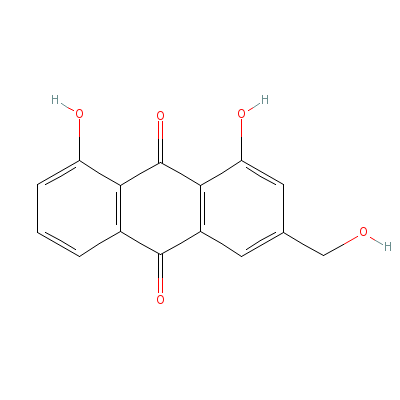
|
| Rhein |
Not Available |
4,5-dihydroxy-9,10-d
ioxo-anthracene-2-ca
rboxylic acid |
C15H8O6 |
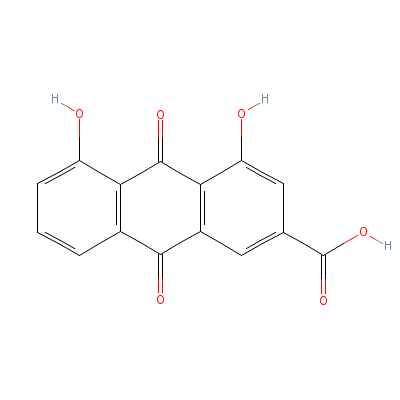
|
| Emodin |
Not Available |
1,3,8-trihydroxy-6-m
ethyl-anthracene-9,1
0-dione |
C15H10O5 |
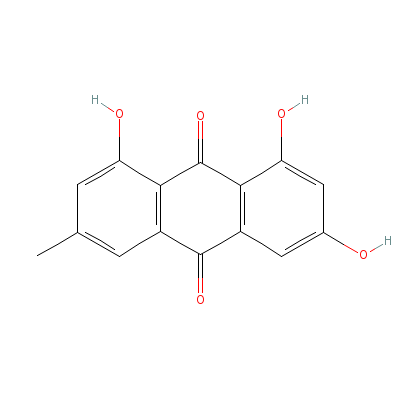
|
| Anthrone |
90-44-8 |
10H-anthracen-9-one |
C14H10O |
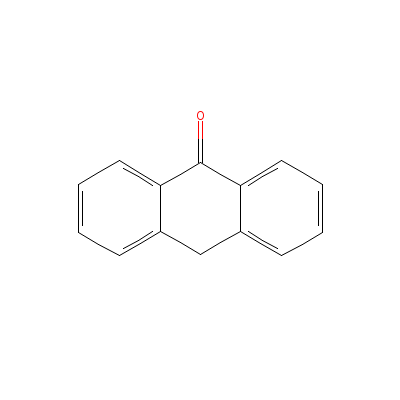
|
| Chrysophanol |
481-74-3 |
1,8-dihydroxy-3-meth
yl-anthracene-9,10-d
ione |
C15H10O4 |
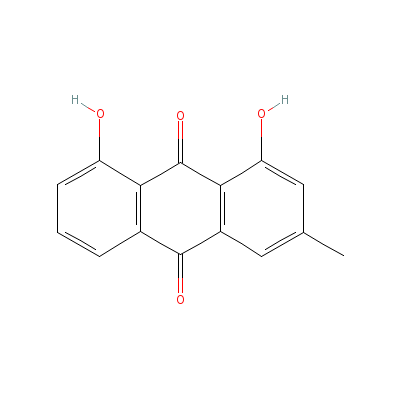
|
| Oleic acid |
8046-01-3 |
octadec-9-enoic acid |
C18H34O2 |
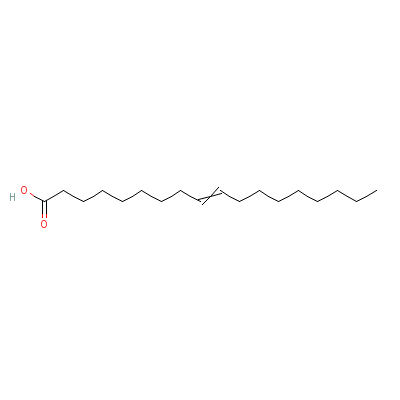
|
| Palmitic acid |
66321-94-6 |
hexadecanoic acid |
C16H32O2 |
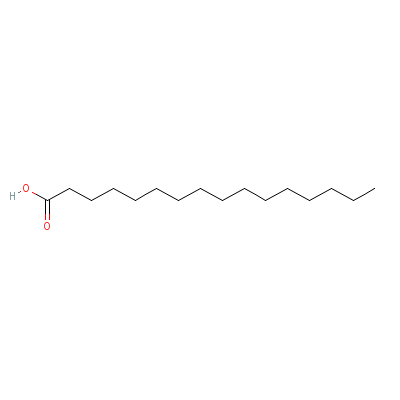
|
| Physcion |
521-61-9 |
1,8-dihydroxy-3-meth
oxy-6-methyl-anthrac
ene-9,10-dione |
C16H12O5 |
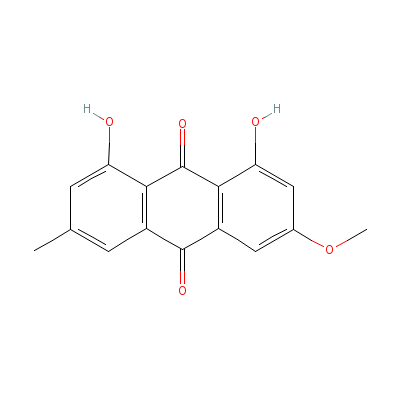
|
| Stearic acid |
82497-27-6 |
octadecanoic acid |
C18H36O2 |

|
| Toralactone |
Not Available |
Not Available |
C15H12O5 |
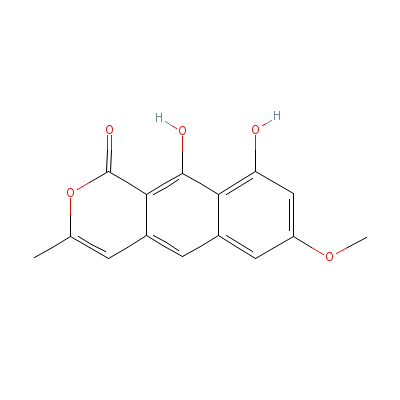
|
| Mannitol |
85085-15-0 |
hexane-1,2,3,4,5,6-h
exaol |
C6H14O6 |
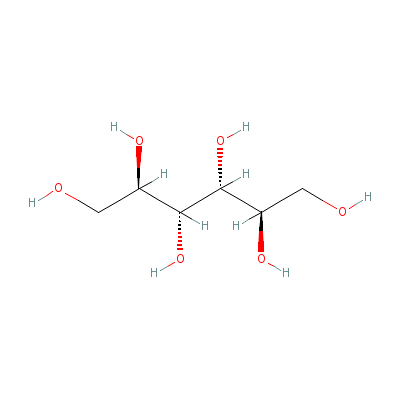
|
|
Pharmacology
| Medicinal Use |
 |
|
Snakebite anitdote (root); skin diseases such as caused by ringworm and itching, rheumatic ailments (seed and leaf); eases skin itch and eruptions, relieves pain, congestion, redness, or sensitivity to light of the eyes (herb). Used as a poultice, warmed leaves reduce gout, sciatica, and joint pains, in cases of liver yang rising, chronic or acute constipation accompanying liver yin deficiency. |
| Contraindication |
 |
|
Cassia seeds should not be used by those with diarrhea or lethargy and should not be used with cannabis seed. |
| Reference |
 |
|
 Sharma, Classical Uses of Medicinal Plants. Sharma, Classical Uses of Medicinal Plants.
Chandel et al., Biodiversity in Medicinal and Aromatic Plants in India.
Uniyal et al., Medicinal Flora of Garhwal Himalayas. |
Dealers
Products
|
|